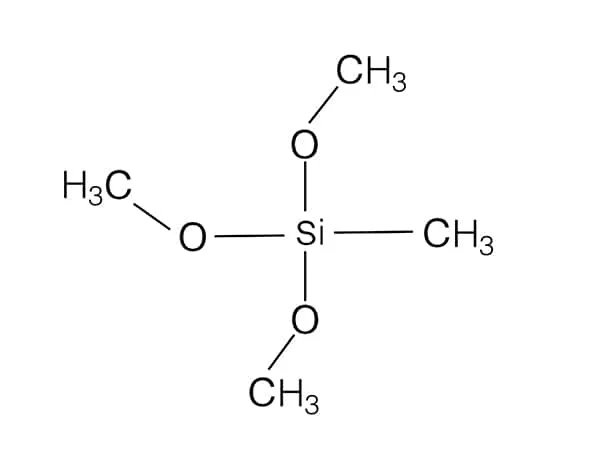The silane coupling agent plays a critical role in composite resins by serving as a molecular bridge between the organic resin matrix and inorganic filler particles. Here’s a structured explanation of its functions:

1. Interfacial Adhesion Enhancement
Chemical Bonding: Silane molecules have dual reactivity:
Inorganic End: Hydrolyzes to form silanol (-Si-OH) groups that bond covalently with hydroxylated surfaces of inorganic fillers (e.g., silica, glass).
Organic End: Contains functional groups (e.g., methacrylate) that copolymerize with the organic resin matrix (e.g., dimethacrylate monomers) during curing.
Example: γ-Methacryloxypropyltrimethoxysilane (γ-MPS) bonds silica fillers to methacrylate-based resins.
2. Mechanical Property Improvement
Stress Transfer: Strong filler-resin bonding ensures efficient load transfer, enhancing flexural strength, fracture toughness, and wear resistance.
Reduced Debonding: Minimizes interfacial gaps between filler and resin, preventing crack propagation and microleakage.
3. Hydrolytic Stability
Moisture Resistance: Stable siloxane (Si-O-Si) bonds resist hydrolysis in the oral environment, ensuring long-term durability even under wet conditions.
4. Enhanced Filler Dispersion
Uniform Distribution: Silane-treated fillers disperse evenly in the resin matrix, improving handling characteristics and optical properties (e.g., translucency, polishability).
5. Clinical Relevance
Dental Composites: Critical for dental restorations (fillings, crowns) to withstand masticatory forces and resist degradation from saliva, temperature changes, and pH fluctuations.
Key Challenges
Application Precision: Requires controlled hydrolysis and curing to avoid incomplete bonding or self-condensation.
Longevity: Advances in silane chemistry aim to address long-term hydrolytic degradation.